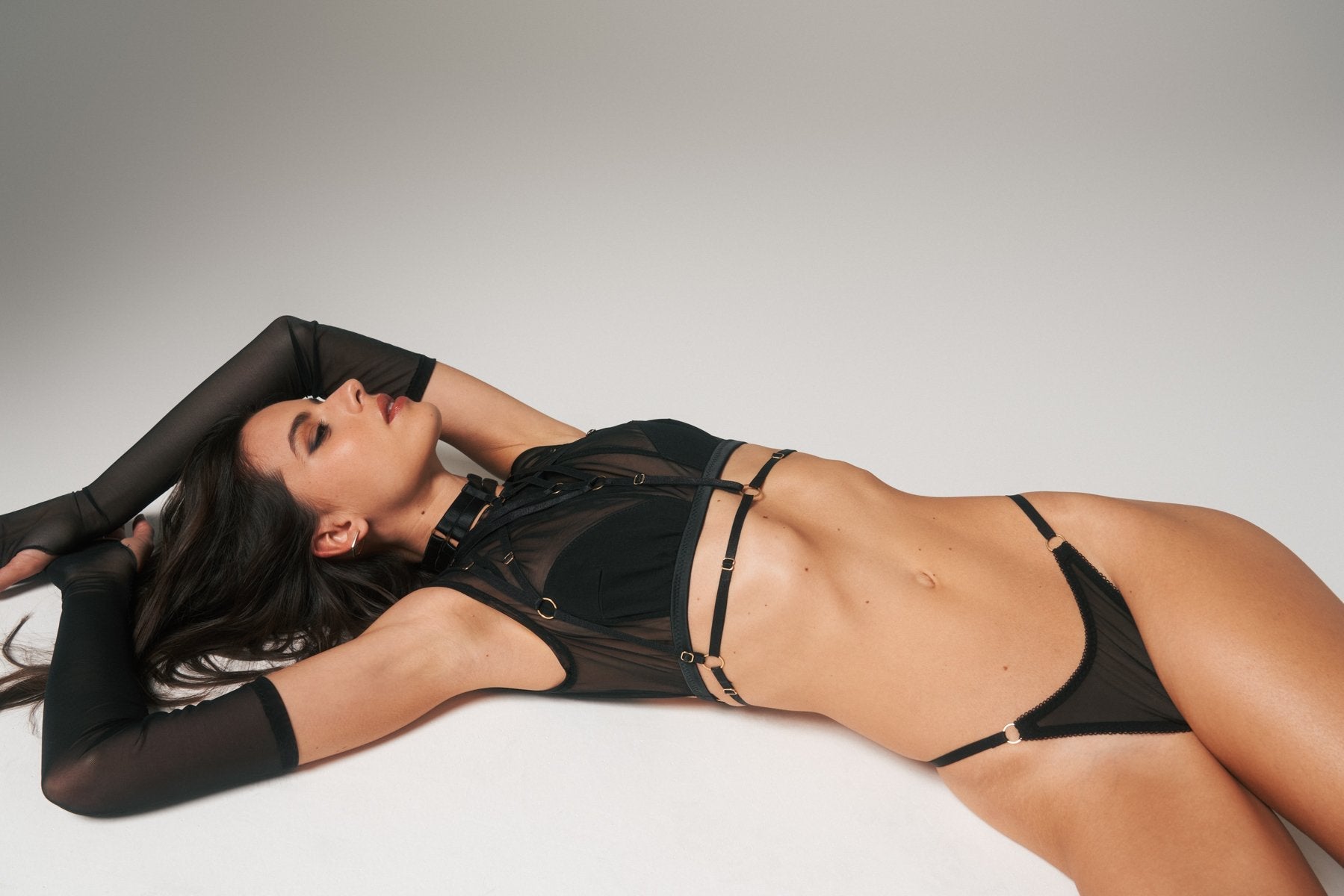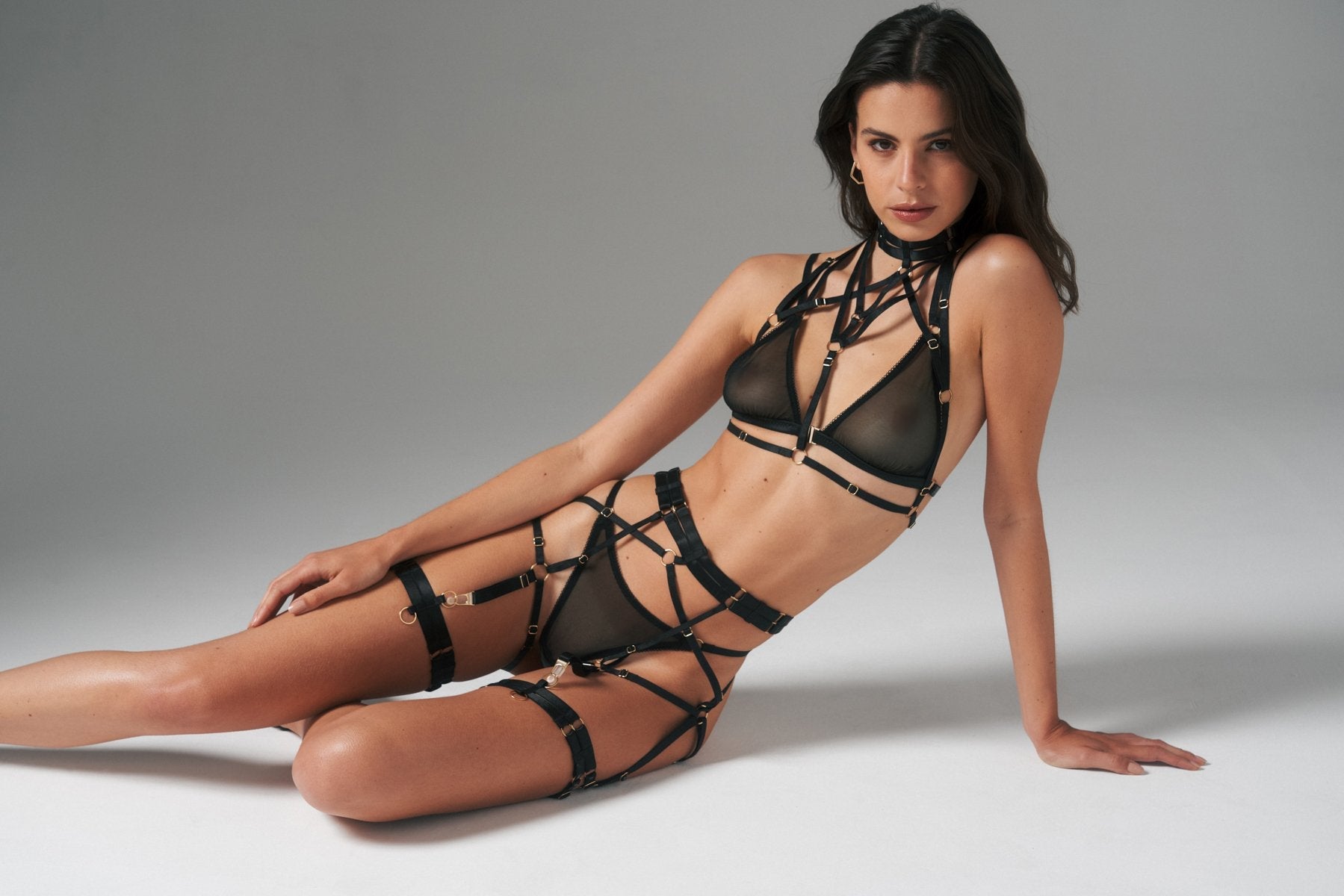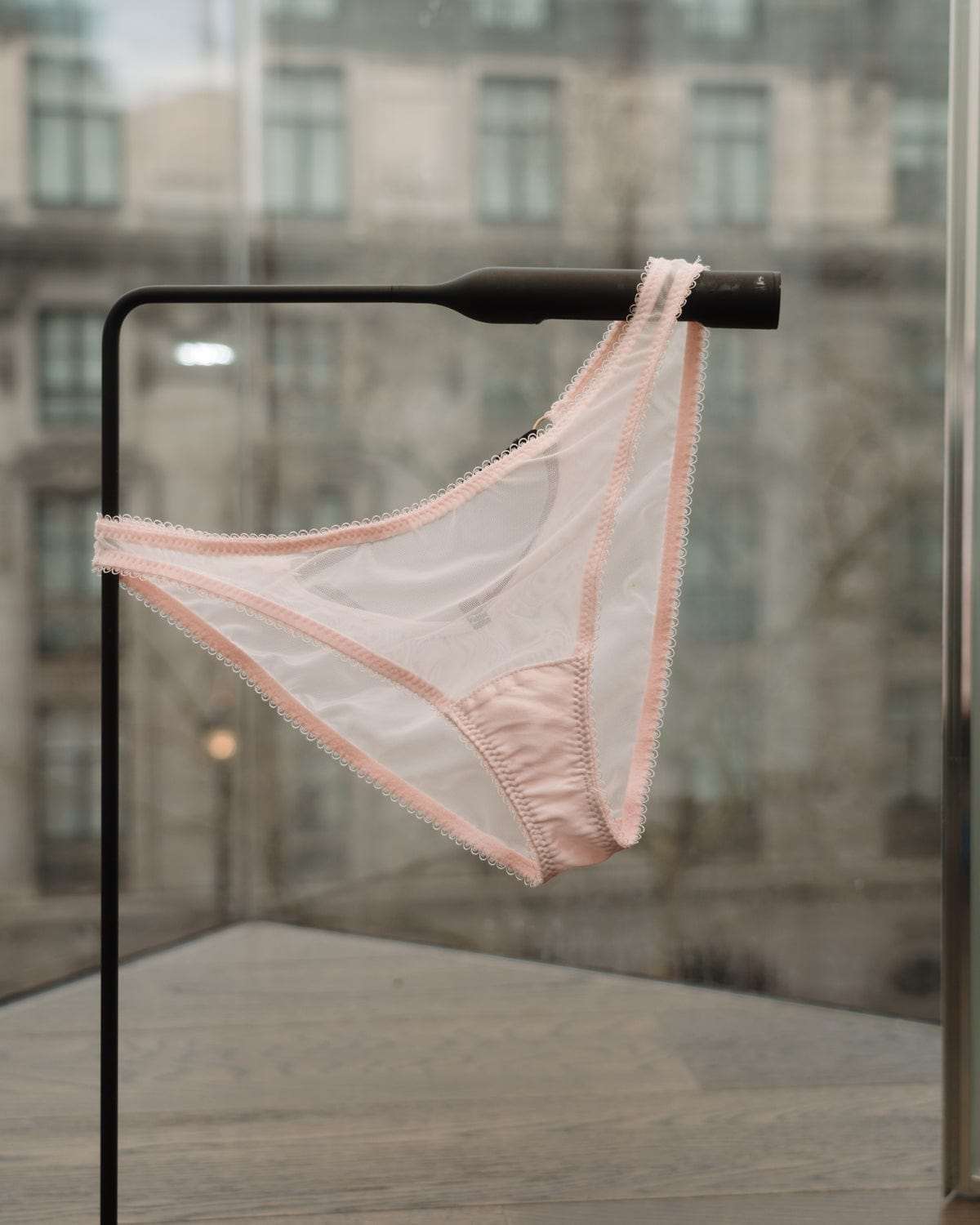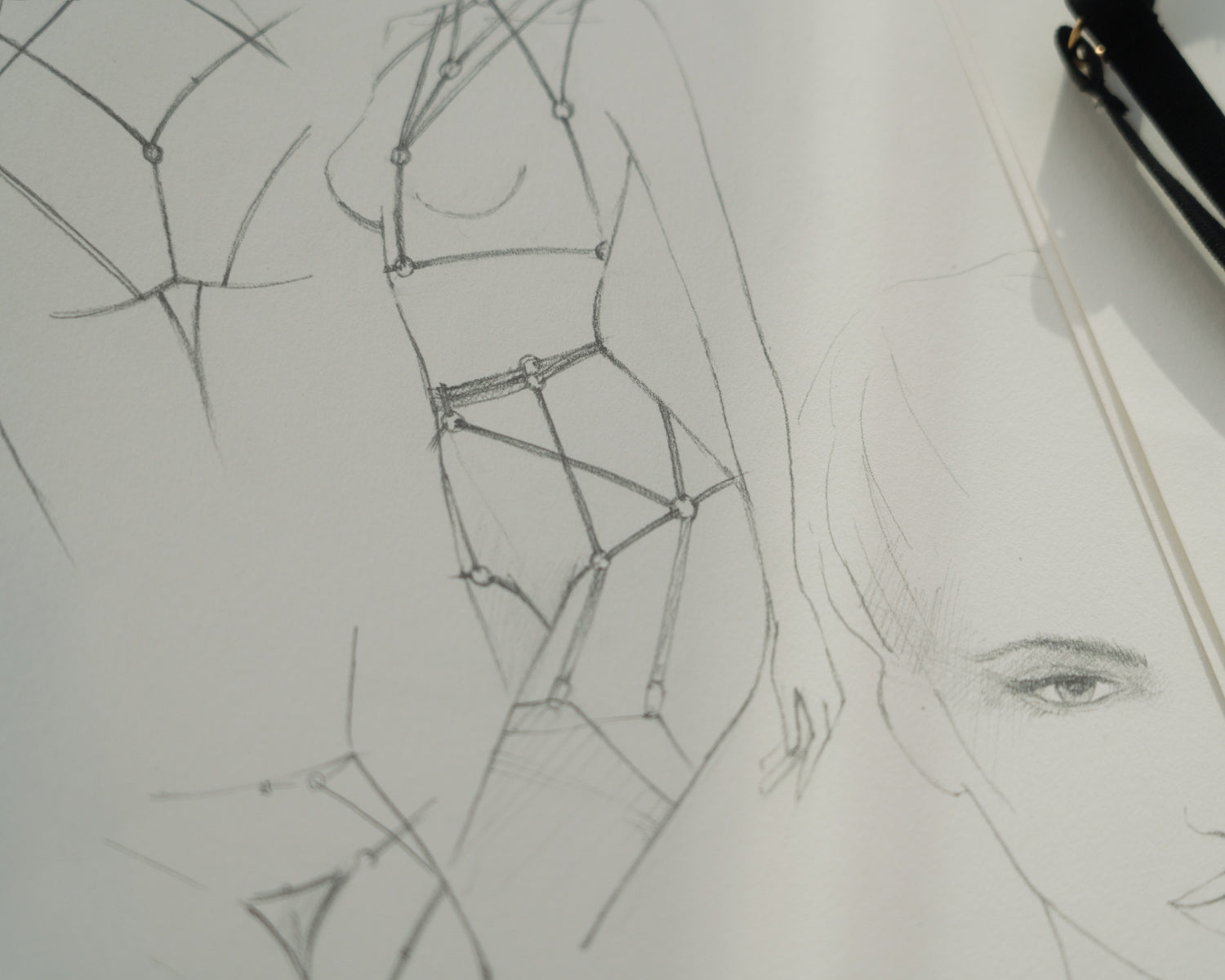In the Grey Area: Policing the Female Body and Sexual Health on Social Media
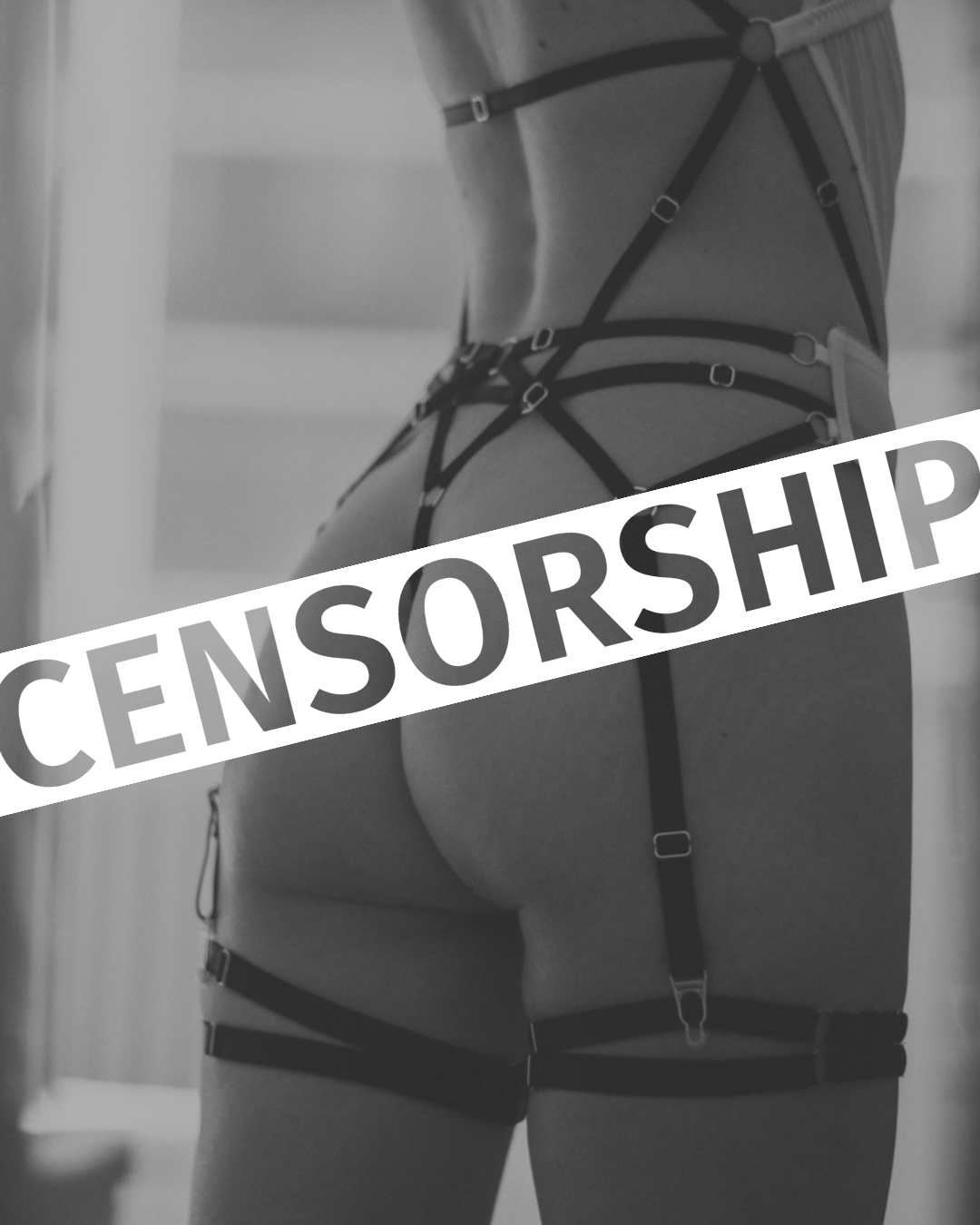
Navigating Social Media Censorship
As a luxury lingerie brand, we face growing challenges on social media platforms like Instagram, where our content is flagged and shadowbanned for “adult” imagery. Ironically, these images often depict the female body in natural, artistic, or fashion-forward ways—no explicit content, no pornography—yet they still get censored.
One striking example is a painting by John Kacere, featuring a female figure in transparent pink mesh briefs. Far from being explicit, it was an artistic celebration of the female form, reflecting beauty and subtlety.
AI’s Bias Against Female Bodies
The deeper issue lies in how AI algorithms disproportionately target female bodies, while male bodies escape similar scrutiny. While AI is necessary for protecting users from harmful content, this raises a larger question: Is this purely a tech issue, or a reflection of systemic suppression of women and their bodies? Female skin is not inherently “shameful,” yet these algorithms often treat it that way.
The Grey Area Between Protection and Suppression
Content moderation is essential—especially to protect young users from explicit material—but there’s a difference between harmful content and a brand showcasing designs that empower and celebrate the female form. This is the grey area where we find ourselves: between protection and over-policing.
Freedom of Artistic Expression
Originally, platforms like Instagram were celebrated as spaces for creativity and artistic freedom. However, when content featuring the human body—especially women’s bodies—is censored, it sets a dangerous precedent. For centuries, art has been a medium for exploring sensuality, beauty, and empowerment, and to restrict these themes undermines the freedom of expression that social platforms were supposed to encourage.
If social media continues evolving in a way that aggressively targets art, fashion, and representations of the human form, we could witness a global stifling of artistic freedom. Industries like lingerie, which rely on celebrating the human form in tasteful and empowering ways, are especially vulnerable to this kind of censorship. The fact that explicit content thrives while our carefully crafted, artistic content is flagged creates frustration and confusion.
The Historical Policing of Female Bodies
This isn’t a new issue. Throughout history, women’s bodies have been policed and controlled, often seen as both objects of desire and sources of moral corruption. Women were frequently blamed for inciting lust, while men were excused for succumbing to those desires. These same outdated attitudes have made their way into the algorithms of modern social platforms. Today, broad restrictions are placed on female skin, marking it as inappropriate or adult content, even when the context is neither sexual nor explicit.
The Dangers of Accepting “That’s Just How It Is”
The most common response we hear about shadowbanning is, “That’s just how it is—get used to it.” But accepting this status quo has dangerous consequences. Censorship normalises shame around the female body, reinforcing the message that women’s bodies are problematic, something to be hidden. This mindset seeps into how young women see themselves, reinforcing harmful standards of body image and self-worth.
Additionally, the suppression of sexual health education is equally troubling. Important discussions on sexual wellness, safe practices, and female pleasure are being blocked, leaving fewer resources for meaningful, health-focused conversations. This impacts everyone, not just those working in sexual wellness. For those seeking sexual health information, being denied access due to censorship further stigmatises this vital aspect of well-being.
Can There Be Nuance?
The answer isn’t to “get used to it.” We need platforms to develop nuanced content moderation that can distinguish between harmful content and empowering artistic expression or health-driven conversations. Sexuality and the human body should not automatically be deemed “bad” or “dirty.” The grey area must be respected.
Yes, content control is necessary, but when platforms over-police, they don’t just block harmful content—they suppress creativity, expression, and empowerment. We envision a world where we can celebrate the beauty of the female body and embrace sexual health as part of well-being—without fear of censorship.
We refuse to hide or apologise for celebrating beauty and sensuality. Female skin is not a threat. Until AI can differentiate between artistic expression and harmful content, we will continue to fight for our place in this grey area where sexuality, health, and creative expression intersect.
Take a Stand With Us!
Follow us on Instagram and share our message—let’s push back against censorship and celebrate beauty and sexual health. Because the female form deserves to be seen, not censored.







